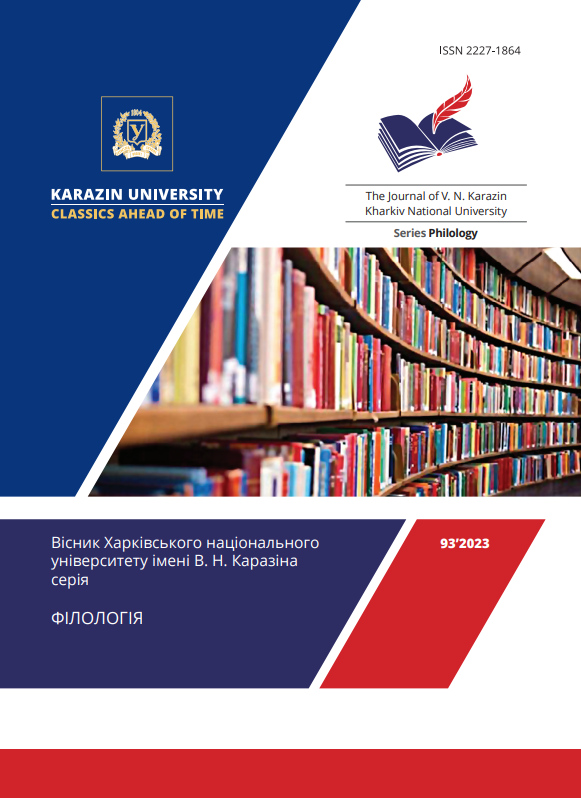Semantics and functions of the symbol in the prose of realism and modernism
Abstract
The article attempts to combine the structural and comparative historical methods of symbol research. This is its scientific novelty, since modern symbolology is dominated by studies of a structural and semiotic nature and there is a clear lack of works that address the issue of the symbol's dependence on specific cultural and historical epochs. The author clarifies the concepts of the denoting and denoted symbol in the context of the ideas of linguistic conceptology and narratology, and also explores the problem of the conditionality of the meaning of the symbol and the means of its embodiment in the text by the artistic method and the type of narrative corresponding to it. The article proves that in realist prose the symbolic image is multifunctional. Firstly, it appears as an element of a landscape or interior description. Secondly, it performs a conceptual function, correlating its deep meaning with the main idea of the work. Thirdly, it plays a role in the development of the plot, in particular, it anticipates a significant and often unexpected turn within it. Fourthly, if it functions in the character's speech, it becomes one of the means of characterization, since the ability to perceive, comprehend and experience the symbolic meaning of an image is always evidence of the beginning of the character's spiritual insight. As for the symbolist, in particular ornamental, prose with its characteristic weakening of the plot, the symbol here has a completely different meaning.
Firstly, it performs the function of a leitmotif - a figurative characteristic of the character, which is constantly repeated, because it expresses their essence. At the formal level, the function of symbols-leitmotifs is to organize the coherence and integrity of a literary text, which in realistic prose is ensured by the cause-and-effect relationships between the events that organize the plot. The author emphasises that these differences are due to the peculiarities of the worldview on which the respective artistic methods are based.
Downloads
References
Bely, A. (1991). Symphonies. Leningrad: Fiction, 1991. 528 p.
Gazheva, I.D. (2014). Aspects and methods of studying metonymy in modern linguistics, Mova. Scientific-theoretical hour-writing. №. 21. pp. 150-154.
Gazheva, I. D. (2021), Concept and symbol in modern philology // Scientific journal of the Lviv State University of Life Safety “Philological Periodical of Lviv”. № 9. pp. 51-82.
Dostoevskii, F.M. (1972-1990). Complete works: in 30 vols. Leningrad: Nauka.
Losev, A. (1995). The problem of the symbol and realistic art. Moscow: Iskusstvo. 368 p.
Lotman, Yu. (1968). In the school of a poetic word: Pushkin. Lermontov. Gogol. Moscow: Prosveshcheniye. 352 p.
Turgenev, I.S. (1981). A House of Gentlefolk // Turgenev I.S. Complete works and letters in thirty volumes. Moscow: Nauka, 1981.V. pp. 5–158.
Khanzen-Leve, A. A. (2003). Russian symbolism. System of poetic motives. Early symbolism. St. Petersburg: Akademicheskii proekt Publ. 816 p.
Ethnolinguistics. Problems of language and culture, (2000). Edited by Jerzy BARTMIŃSKI. Lublin: Wydaw. UMCS. 324 p.




